8 common tomato growing mistakes that can ruin your harvest – plus how to avoid them
From planting the wrong tomatoes in the wrong place to issues with watering, feeding, and supports
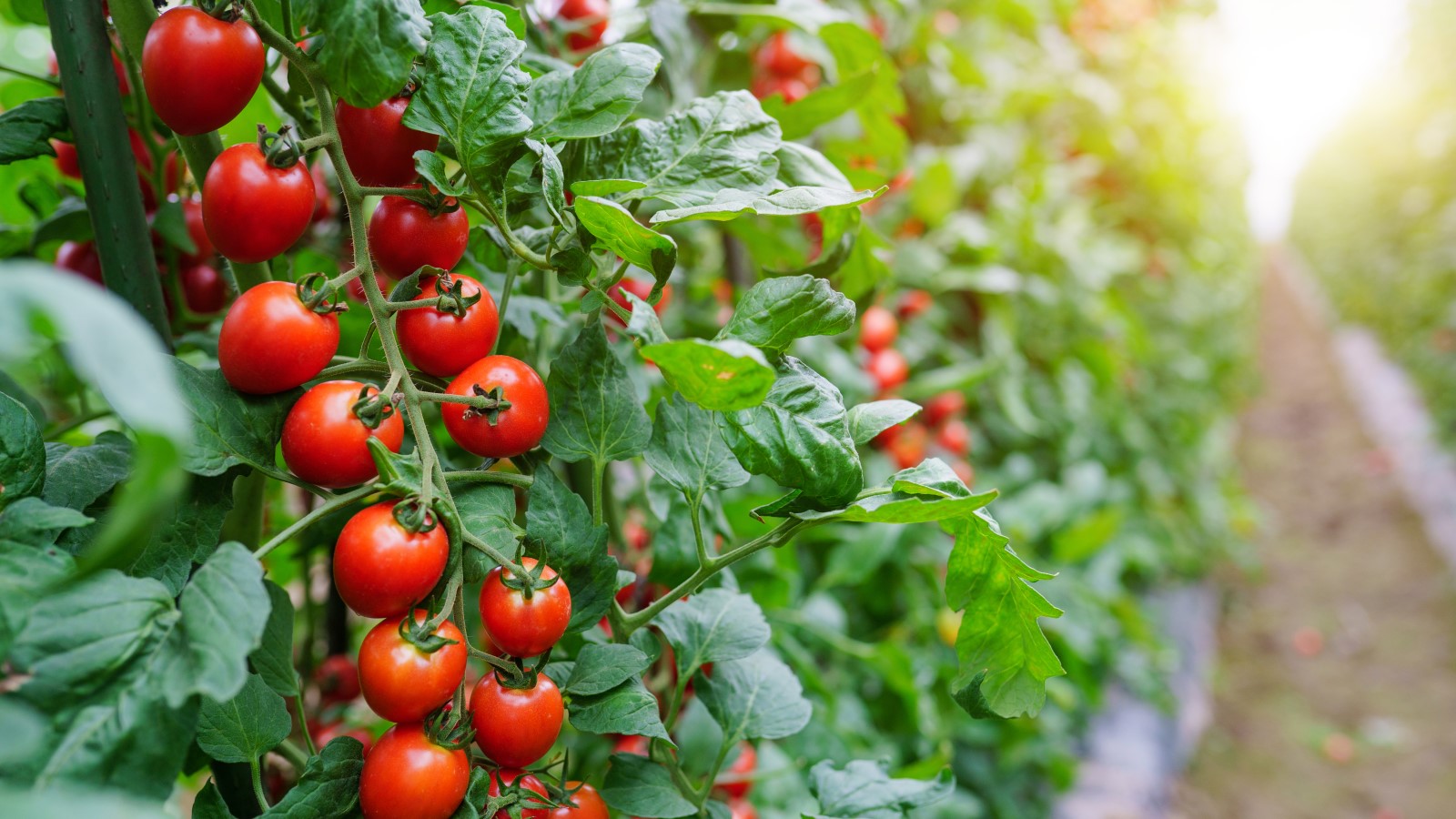

Growing tomatoes can be a hugely rewarding experience, though there are many potential issues that can arise and things can go wrong. A lot of the times a bad harvest could have been avoided by staying away from simple errors that many gardeners make.
It can be down to lack of research or planning, or things that slipped by the wayside during the growing season. To a new tomato grower it can seem daunting, however, it needn't be that way.
Growing tomatoes does not have to be a troublesome hobby, so we take a look at some of the most common tomato growing mistakes and get expert tips on how to avoid falling foul of them. I have cultivated tomatoes for many years, growing and looking after lots of varieties in the different kitchen gardens I worked in. These tomatoes were harvested either for chefs or to sell to the public, and ,yes, I made mistakes along the way.
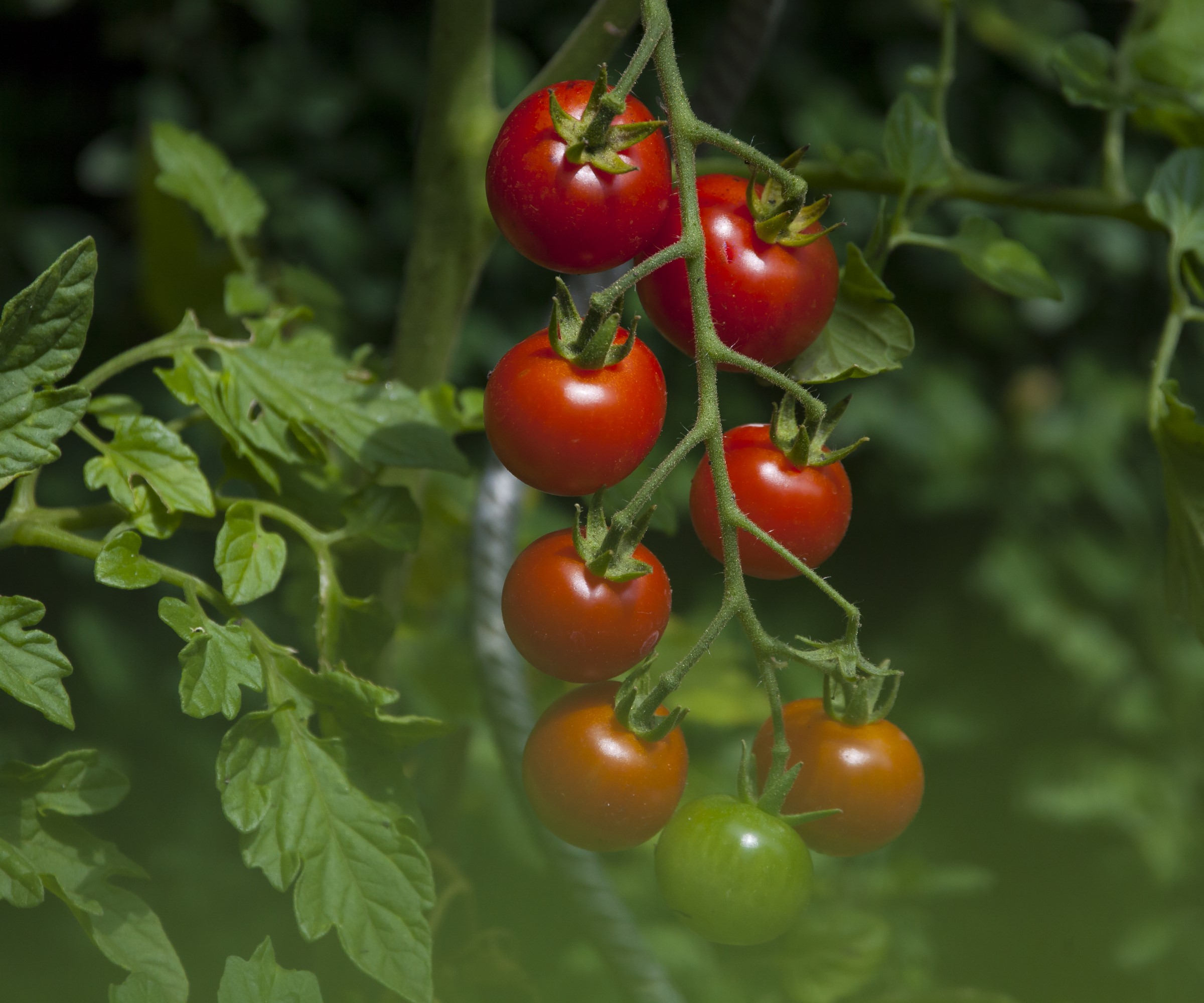
Tomato plants can be seen as tricky to grow, though many issues are easily avoidable
8 tomato growing mistakes you need to know
Knowing exactly what the plant wants and needs as it grows is vital to getting a good harvest of tomatoes. Lots of tomato growing mistakes will be dependent on the options you have, for example, if you have a greenhouse that means an ideal location and you don’t face the risks that come when growing tomatoes outside. However, there are some errors that potentially every tomato grower will face.
1. Choosing the wrong variety
There is a wide range of tomatoes that can be grown, they come in different sizes, shapes, colors, and there are varieties for particular uses. Some varieties are great for salads, others are better for cooking or for sauces. A common mistake is not choosing the right variety and that can be for various reasons. The right variety for your area, the right variety for how you want to grow them, or the right variety for how you plan to use the harvest.
Research is key, so read books and seed catalogues or go online and look into different varieties. Speaking to other growers or visiting local farmers markets will help you discover what varieties people are achieving success with in your area.
Ben Hilton, a passionate gardener and founder of The Gardening Fix, reminds growers that ‘not all varieties of tomatoes will perform well outdoors, so select proven types that will develop during a shorter summer season’. He recommends classic varieties such as Gardener’s Delight (available at Burpee), Moneymaker, and Country Taste as three types that are ‘well-suited’ to growing outdoors.
If you are growing tomatoes in pots, then make sure that you choose the right type. Patio, compact, or bush varieties of tomatoes are best for pots as they grow to a smaller height yet still give you a great harvest of fruits. Don't fall foul and choose the wrong type as that is one of the most common mistakes for growing tomatoes in containers.
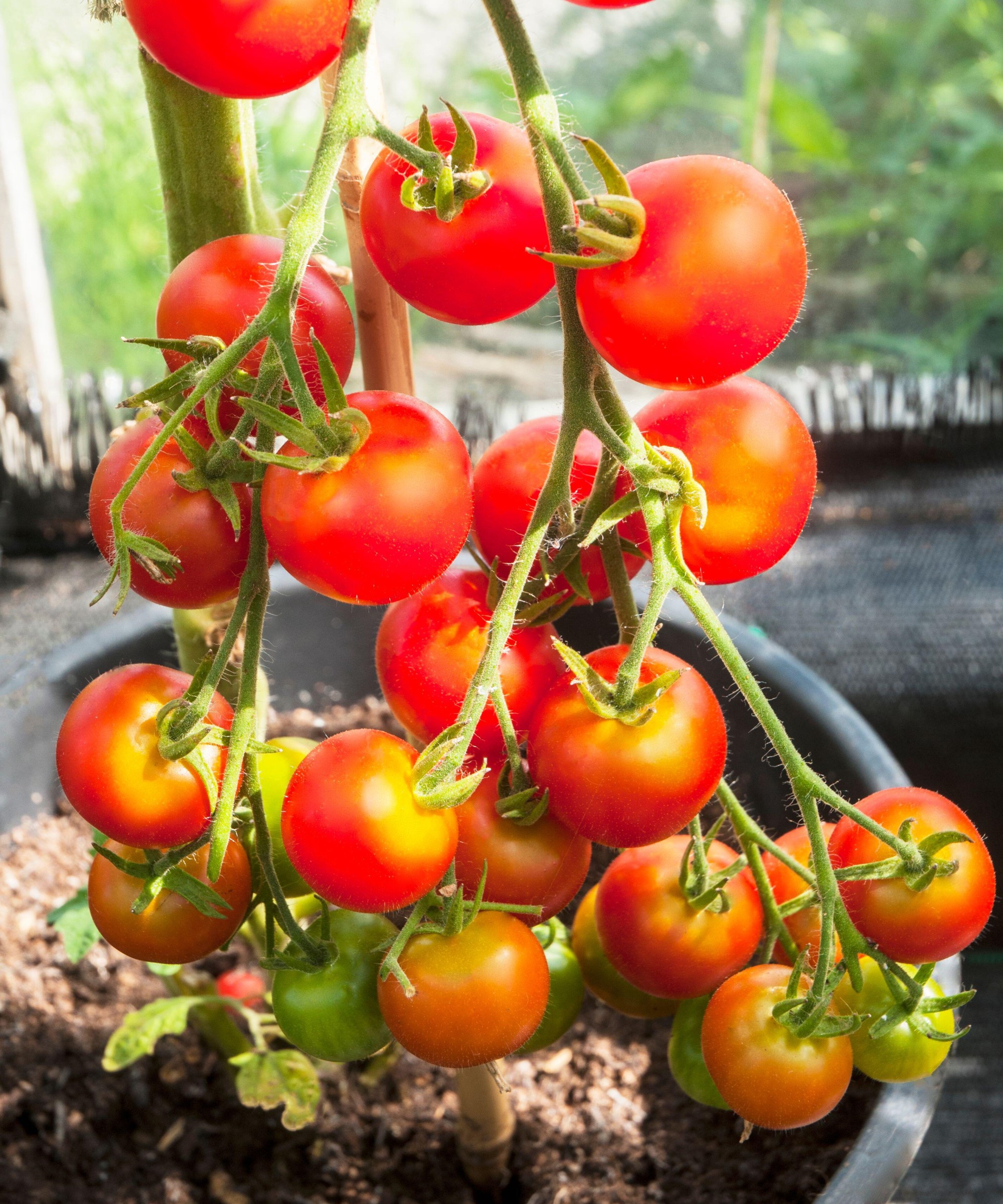
Gardener’s Delight is a very popular variety of tomato
2. Getting the planting timing wrong
Planting your tomatoes outdoors too early can see plants killed, or at least severely stunted, by late frosts. This is an issue for tomatoes being grown outdoors as there is extra protection for the plants when you grow tomatoes indoors.
Tomatoes are a heat-loving plant that require a soil temperature of around 60˚F and lots of sun during the day. The time to transplant tomato seedlings outside is when the risk of frost has completely passed, often it is best to wait a week after the expected last frost just to make sure another surprise one does not hit. You want the night-time temperatures to commonly be between 50-60˚F.
Everyone gets impatient and it can be common to want to take a chance and go early, but make sure that all spring frosts have passed for your zone before reaching for that spade to go planting.
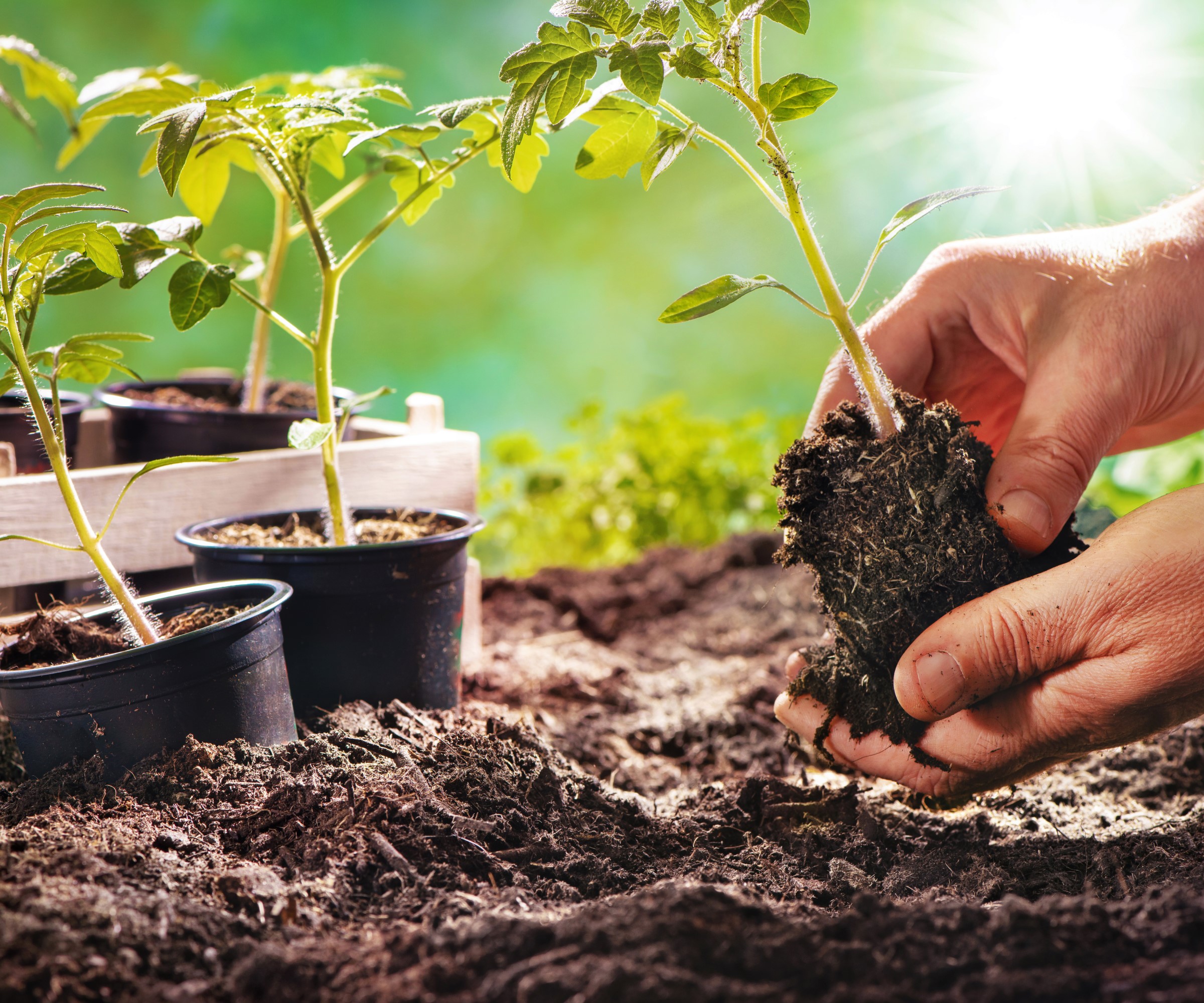
Don't plant tomatoes out until after the risk of frosts has passed
3. Not planting deep enough
When planting tomatoes they are planted deep, up to their first set of leaves and with the rootball a few inches below the surface. This can seem unusual to a novice gardener as it is much deeper than with most other plants – so it is a common tomato growing mistake to not plant them deep enough.
Tomatoes benefit from having adventitious roots, which means that roots will develop along the part of the stem planted deeply in the soil. This offers multiple benefits to the plant. Not only does it firmly anchor the plant in the soil, but extra roots give it an enhanced ability to take in nutrients and water from the soil around it.
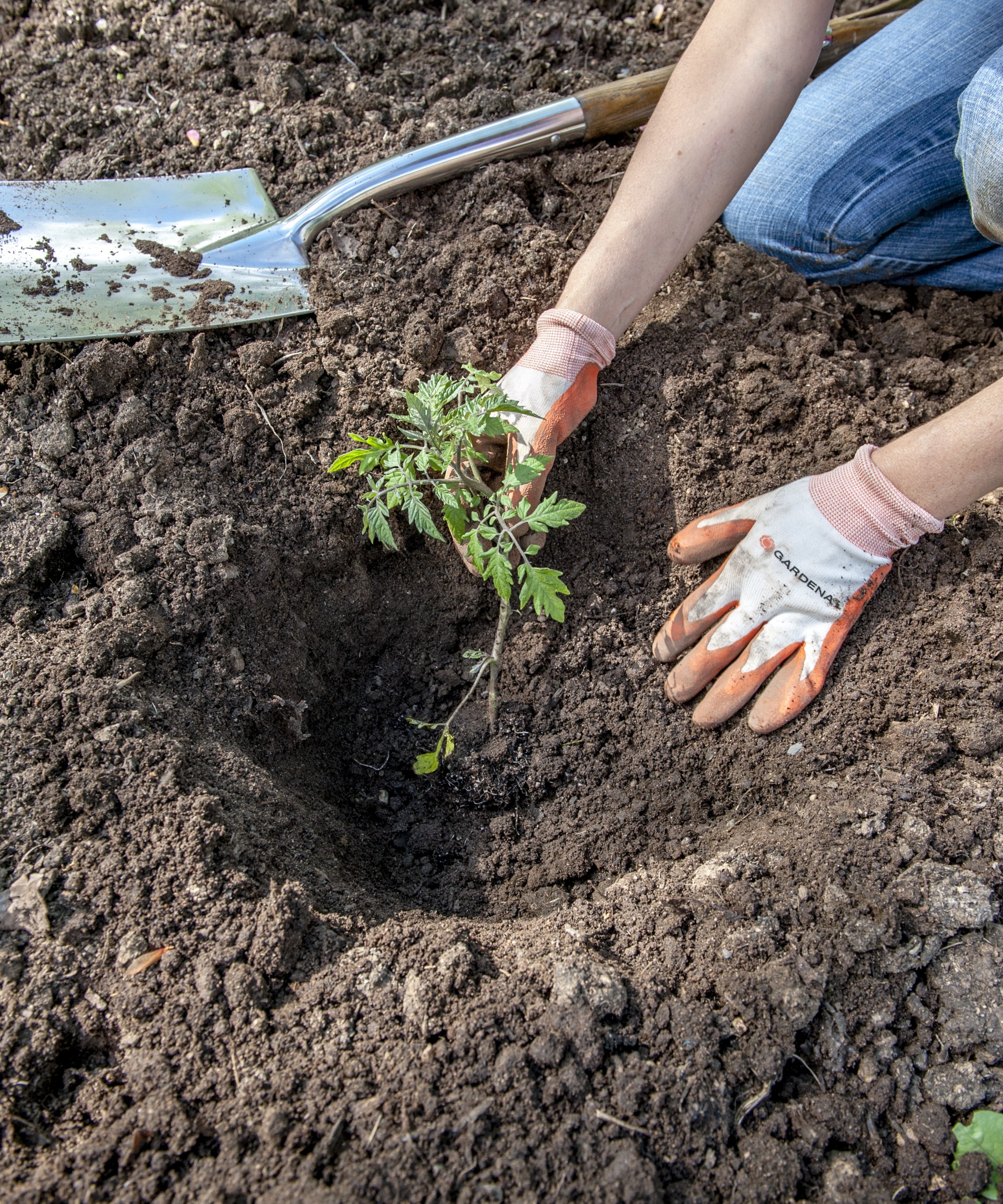
Tomatoes grow adventitious roots out of the buried stem
4. Inconsistent watering
Watering is a very important issue with growing tomatoes and irregular watering can lead to problems. For new tomato growers, knowing how much water tomato plants need and getting it right can be a tricky lesson to learn. It is a common tomato growing mistake to see the results of irregular watering.
Tomato plants like to be constantly moist, but not sitting in soggy soil. It is recommended that they get around one to two inches of water per week. When they are growing indoors, that means either hand watering or irrigation. Even when they are growing outdoors, rainfall might not be enough and extra watering is required. Also remember that tomatoes growing in buckets or in pots will need more watering, as soil in containers dries out quicker.
Consistency is key, so regular checking for moisture levels is imperative. Irregular watering and swings in moisture levels can cause tomatoes to split or lead to blossom end rot. Hitting that watering sweet-spot for tomatoes can take a bit to master. Personally, I have grown tomatoes for a decade and still commonly get fruits splitting - luckily they are still usable and are ideal for turning into sauces for pasta.
David Angelov, founder of PlantParenthood, also points out another common watering mistake. He advises: ‘When it comes to watering your tomato plants, it's important to avoid getting water on the leaves and foliage. Instead, use a solid stream of water at the base of the plant.’
Getting water on the leaves not only wastes water that is vitally needed by the roots, but it can encourage fungal diseases, including leaf mold and blight.
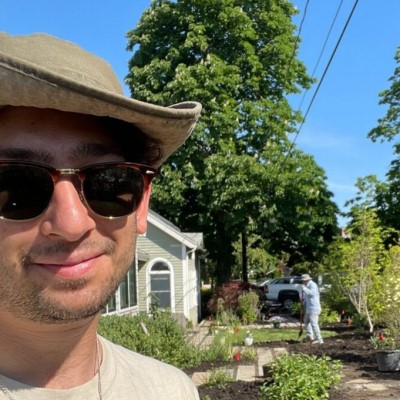
David Angelov is CEO, Founder and Master Gardener of PlantParenthood in Massachusetts. He spent five years as an apprentice to a renowned garden designer on the North Shore of Massachusetts and broke away to start his own business, providing interior and exterior garden design and installation services.
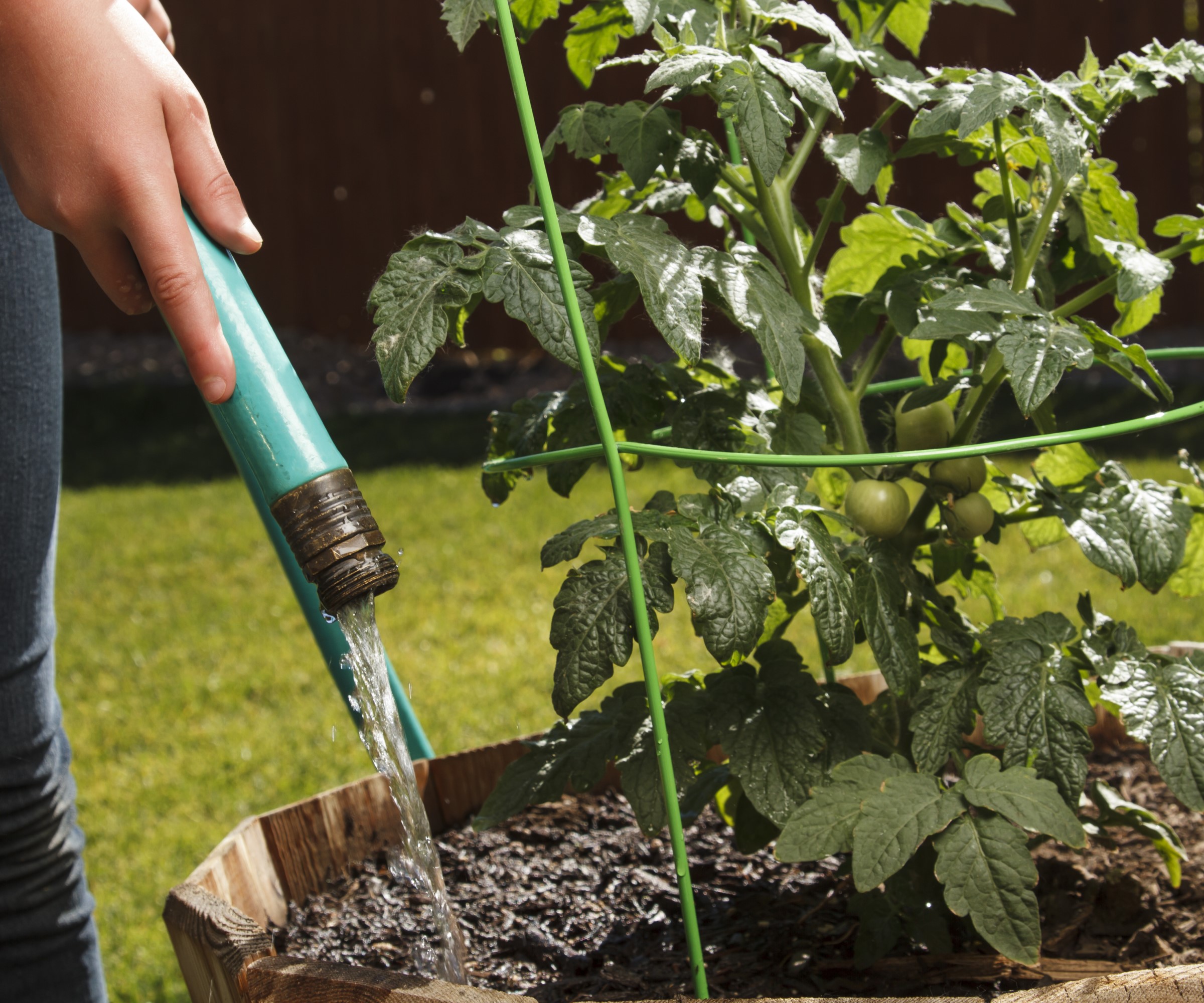
Inconsistent watering is one of the most common problems when growing tomatoes
5. Planting in the wrong spot
Tomatoes thrive on sun and heat in order to grow strong and ripen their fruit, so giving them the best position is vital. A greenhouse is a common spot for growing tomatoes as it offers a protected and warm environment for the plants to grow. It is a crop that wants full sun, eight hours of sunshine a day, and temperatures of between 70 and 80˚F in the day and between 50 and 60˚F at night.
Ben Hilton from The Gardening Fix admits that ‘not everyone has a greenhouse’ so deciding on the best alternative spot is ‘arguably the most important decision’ to make when growing tomatoes. He adds: ‘Find them a sheltered spot with as much sun as possible, ideally eight hours or more. Growing them along a south-facing wall is perfect. A brick wall will radiate its heat simulating a warmer climate, and the sunlight will allow fruits to ripen off with maximum flavor.’
A separate common tomato growing mistake related to the position is when growers do not follow crop rotation and plant tomatoes in the same spot year-after-year. This can leave the plants open to soil-borne diseases, including tomato blight, that can affect other crops including potatoes and peppers. It is best to avoid planting tomatoes in an area where potatoes, peppers, or eggplants were grown for at least two years.

Ben Hilton is a seasoned Master Gardener and author of the book Propagating Houseplants Made Easy. He has contributed to numerous publications, including Better Homes & Gardens, Garden Design Magazine, and The English Garden, and is the founder and editor-in-chief of two popular gardening websites – Theyardandgarden.com and Thegardeningfix.com.
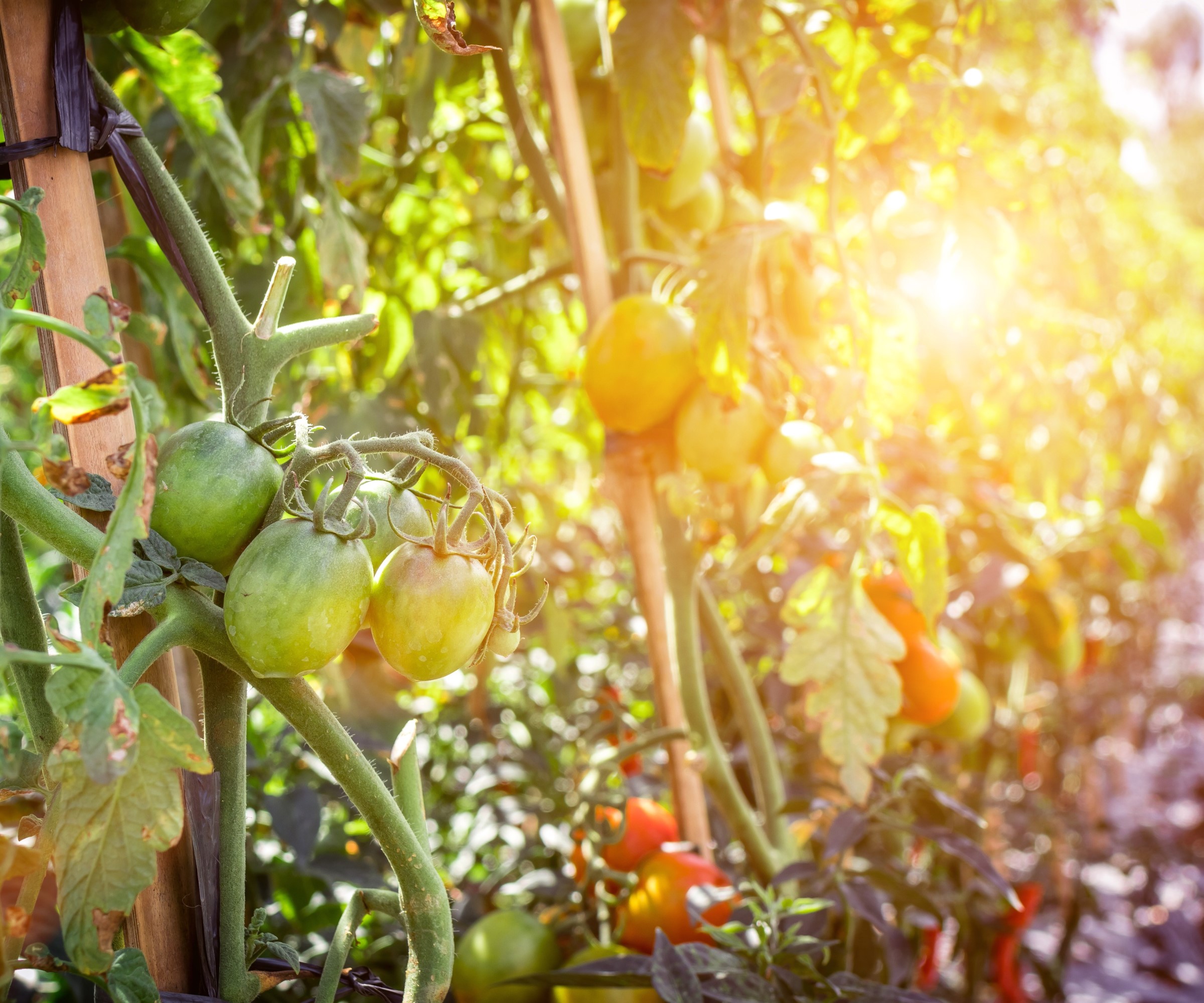
Tomatoes ideally want eight hours or more of sun each day
6. Not fertilizing plants
Tomatoes are hungry crops and do require fertilizing in order to get the best harvest from your plants. A failure to feed will reduce the yield you get and a lack of nutrients can lead to other issues, such as tomato leaves turning yellow.
Feeding crops can be a bit confusing to a new grower and the plant fertilizer numbers seen on packaging can seem daunting. Plants need the major nutrients of nitrogen, phosphorus, and potassium in order to grow and they are referred to as NPK. The make-up of NPK will be shown in three numbers, such as 10-10-10.
A dedicated tomato fertilizer is higher in phosphorus as that helps plants to set and ripen fruit. It will have the second number higher than the other two on the packaging. A lot of tomato feed is liquid-based and mixed with water, so plants can be fed at the same time as watering. It is best to feed plants with a tomato feed once a week from when the first flowers show on the plants. An example of a liquid tomato feed is the Neptune's Harvest Tomato Fertilizer available at Amazon.
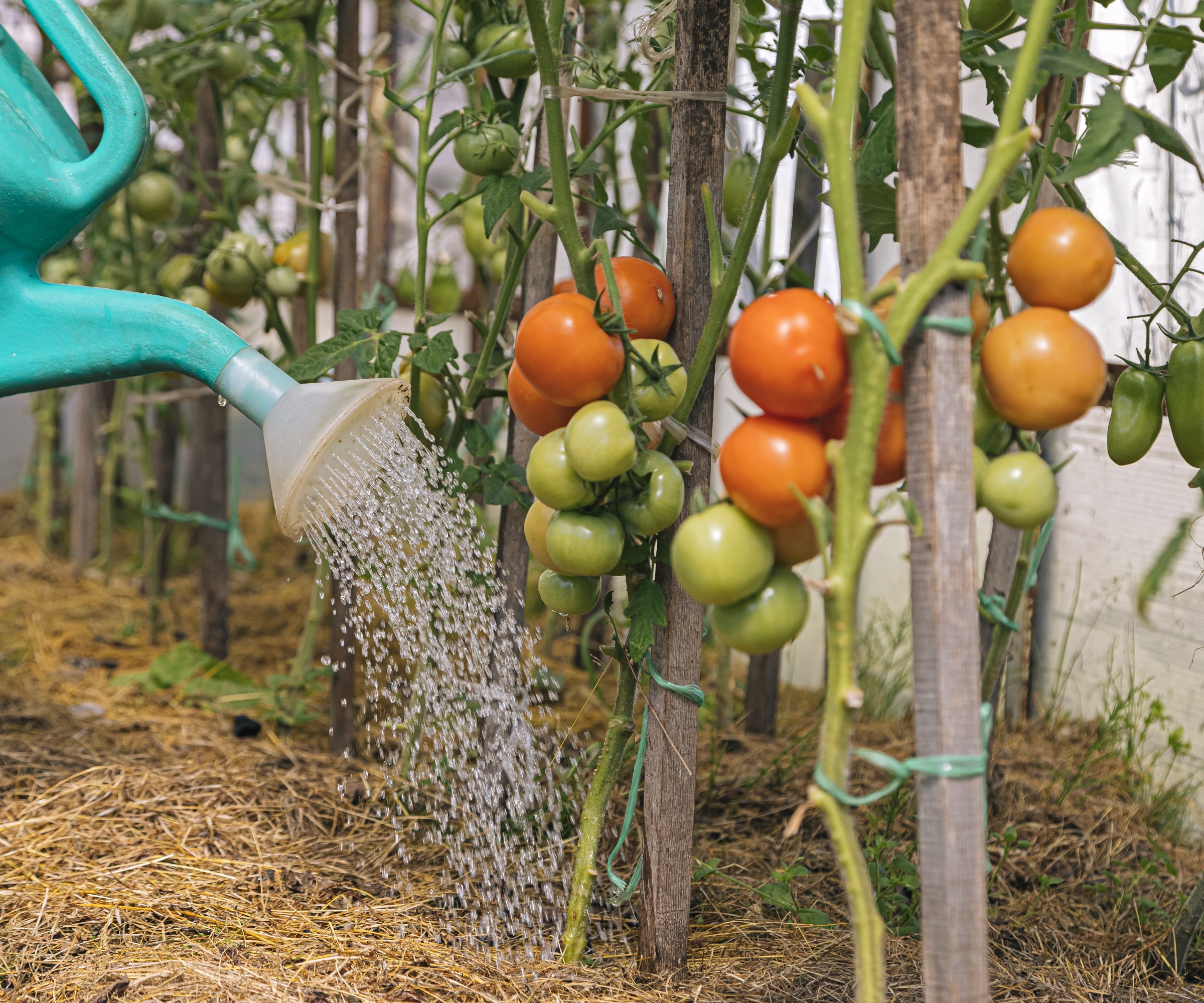
A tomato feed is often applied in liquid form and mixed with water
7. Not supporting plants
Tomatoes need to be supported to keep the fruits off the ground and the plants are routinely tied to the structure. One mistake is not to put the support in at the time of planting, as putting it in further down the line creates more risk of damaging the roots.
Charmaine Peters, farm director at Arden in Palm Beach County, South Florida, recommends that the ‘right support structure’ is needed ‘regardless of the variety’ of tomato you are growing.
‘Structural support ensures that you can maximize your garden space and encourage upwards growth, keep the tomato plant from getting unruly in your garden and crowding your other crops, and prevent diseases and tomato pest infestations,’ she adds. ‘Support will also make your harvest much easier.’
A failure to support plants properly can lead to them collapsing and snapping under the weight of the fruit. Given the range of supports available, including sticks, stakes, trellis, and cages, it means there is an option to fit any scenario, whether in the ground or in containers. An example of a tomato cage is the LEOBRO Support Cage available at Amazon
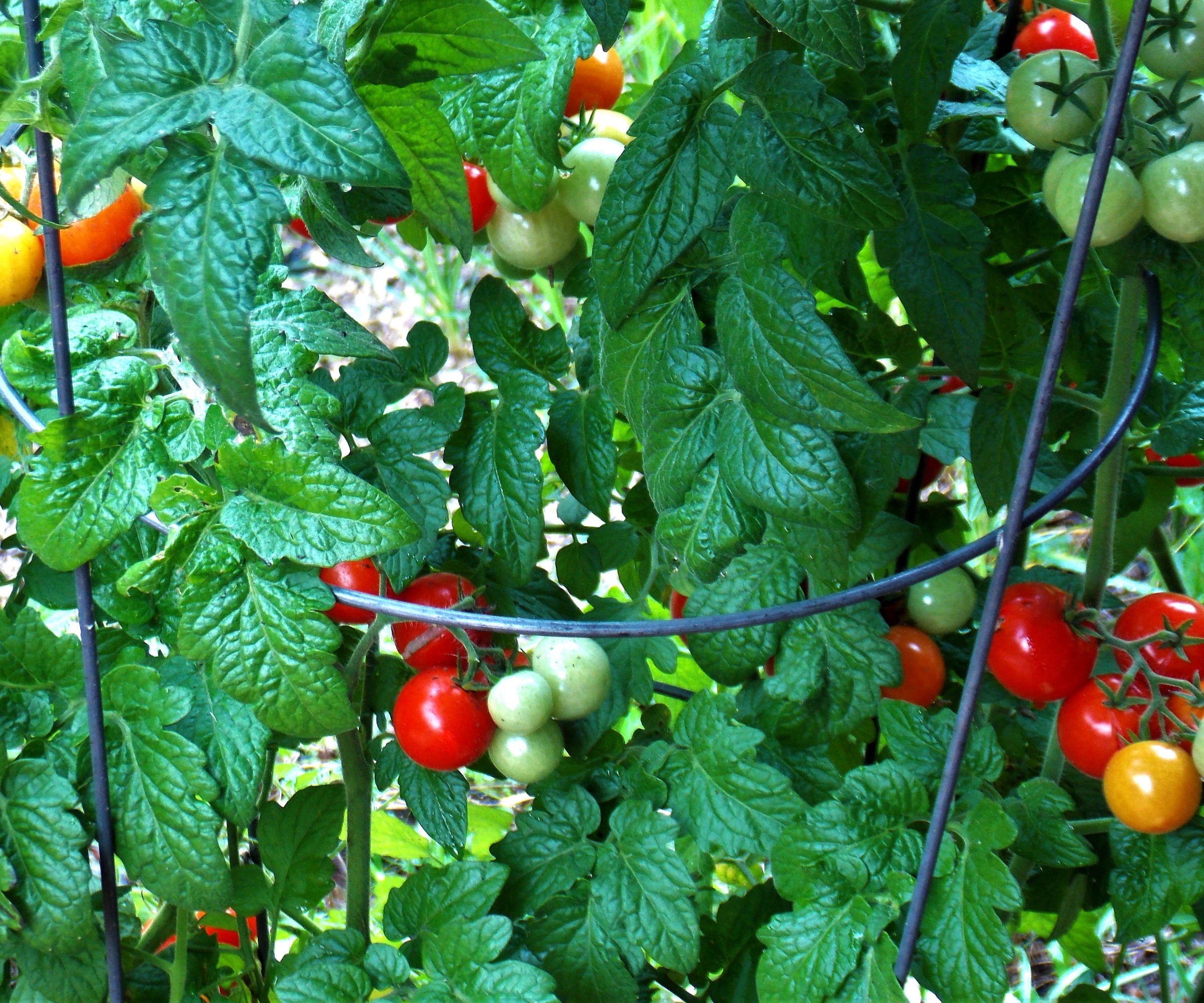
Tomato cages are sturdy and keep plants contained
8. Not pruning tomatoes
Indeterminate varieties of tomatoes, also known as cordon or vine tomatoes, do need pruning throughout their growing season. This comes in the form of pinching out small side-shoots that grow between the main stem and leaf branches, and also removing suckers. Doing this puts all the energy of the plant into producing and ripening fruits rather than into growing these new shoots. It is an easy task and requires a weekly check of the plants.
A failure to prune tomato plants can lead to a mess of tangled shoots that are impossible to train and easy to damage. The sheer mass of leaves will also block sunlight from fruits that are trying to ripen and simply become an eyesore. It will also make watering and harvesting more difficult. As removing side-shoots and suckers is quick and easy - getting them young means you can pinch them out between your fingers – then you can prevent a whole host of problems simply and efficiently.
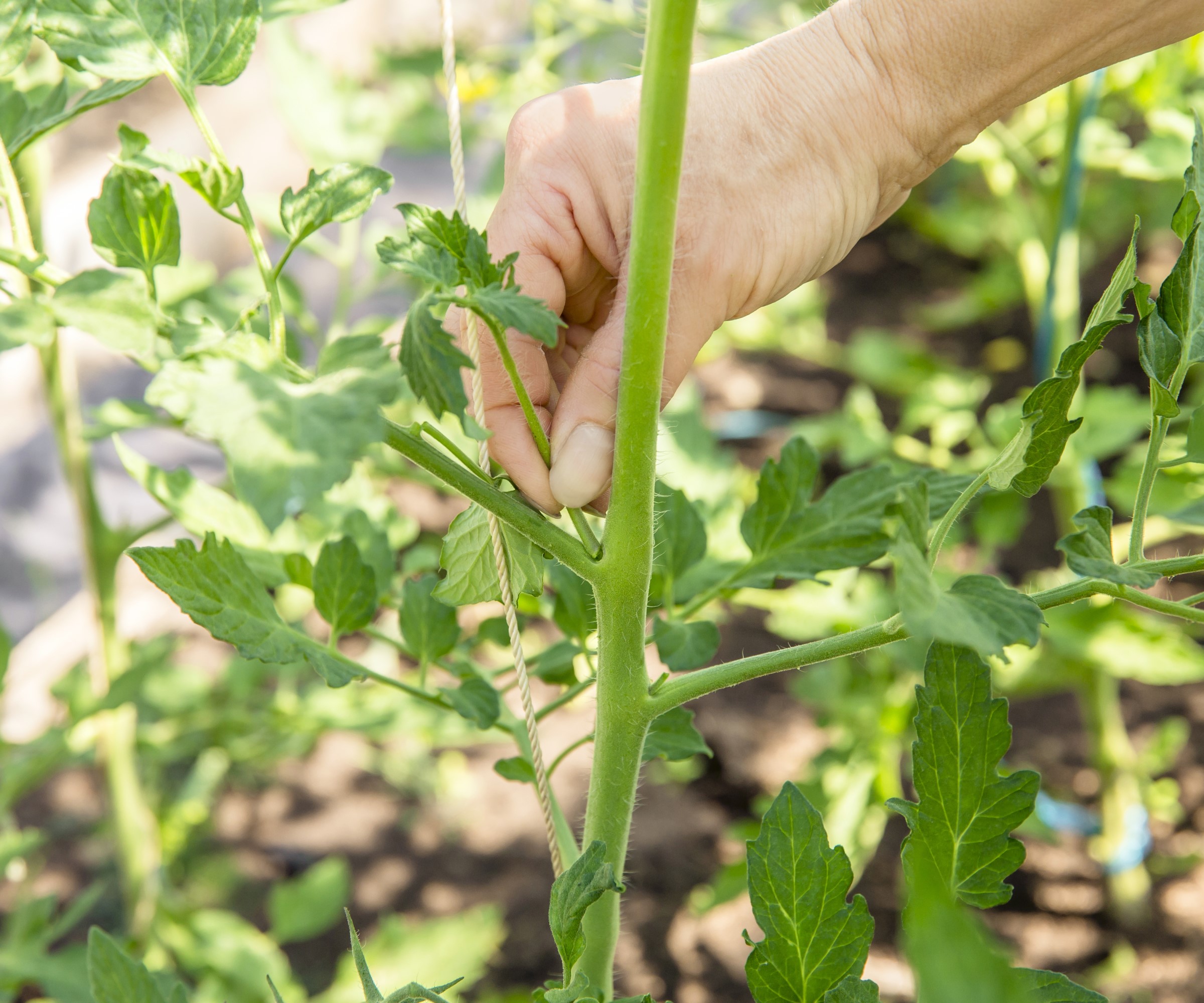
Pinch small side-shoots out with your finger-tips
Tomatoes are seen by many as an integral crop for any home kitchen garden or vegetable garden and grown by gardeners around the world. There may be many common tomato growing mistakes that people can make, though many of them are avoidable. If you are planning your tomato growing season, ensure to include the above points in your gardening calendar to help get the best tomato harvest.
Sign up to the Homes & Gardens newsletter
Design expertise in your inbox – from inspiring decorating ideas and beautiful celebrity homes to practical gardening advice and shopping round-ups.

Drew’s passion for gardening started with growing vegetables and salad in raised beds in a small urban terrace garden. He has worked as a professional gardener in historic gardens and specialises in growing vegetables, fruit, herbs, and cut flowers as a kitchen gardener. That passion for growing extends to being an allotmenteer, garden blogger, and producing how-to gardening guides for websites. Drew was shortlisted for the New Talent of the Year award at the 2023 Garden Media Guild Awards.
-
 How to clean a patio – 6 different methods, and when you must use a chemical cleaning agent
How to clean a patio – 6 different methods, and when you must use a chemical cleaning agentFrom manual scrubbing, natural solutions or calling in the pros, industry experts reveal the benefits and considerations of each method
By Andy van Terheyden Published
-
 Kris Jenner's favorite air fryer, the Ninja Crispi, is the perfect small kitchen solution – it deserves a place on the most compact of countertops
Kris Jenner's favorite air fryer, the Ninja Crispi, is the perfect small kitchen solution – it deserves a place on the most compact of countertopsKris approves of this compact yet powerful air fryer, and so do our own kitchen appliance experts, praising it for its multifunctionality
By Hannah Ziegler Published